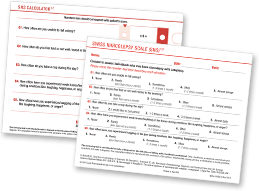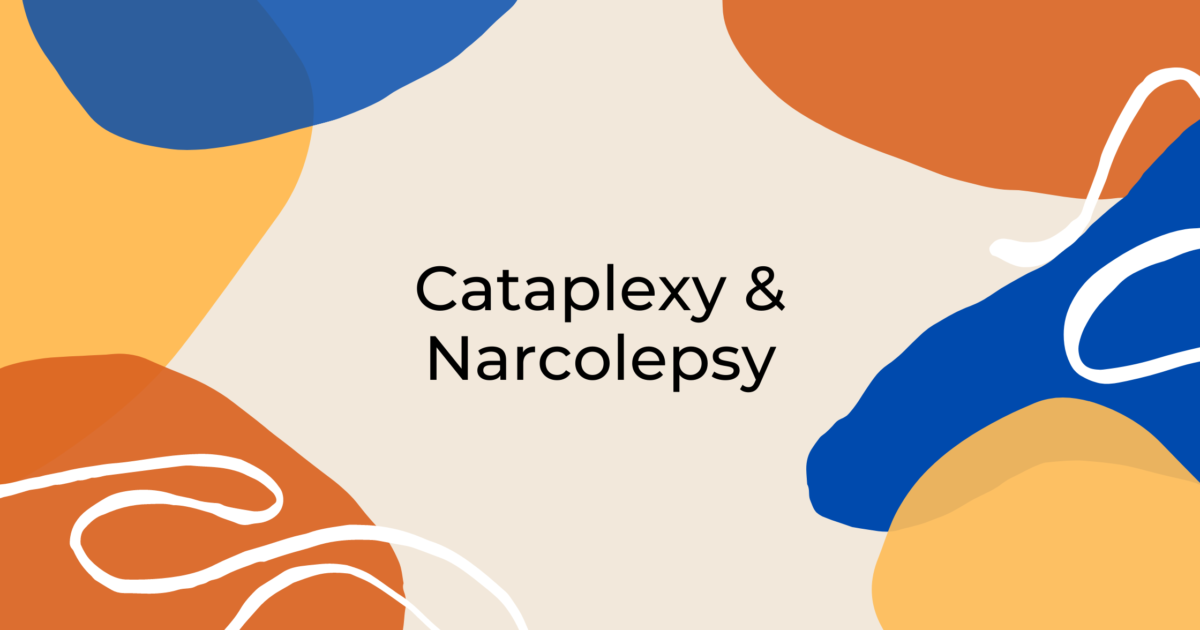

Treatment is with stimulant drugs to suppress daytime sleepiness, antidepressants for cataplexy, and gamma hydroxybutyrate for both symptoms. The cause of neural loss could be autoimmune since most patients have the HLA DQB1*0602 allele that predisposes individuals to the disorder. Medications used to treat narcolepsy with cataplexy include: modafinil ( Provigil ), which reduces drowsiness and can help you feel more alert stimulants that resemble amphetamines, which keep you. Pathophysiological studies have shown that the disease is caused by the early loss of neurons in the hypothalamus that produce hypocretin, a wakefulness-associated neurotransmitter present in cerebrospinal fluid. The onset of narcolepsy with cataplexy is usually during teenage and young adulthood and persists throughout the lifetime. Sleep monitoring during night and day shows rapid sleep onset and abnormal, shortened rapid-eye-movement sleep latencies. If applicable, treated with a stimulant or alerting agent at unchanged doses for at least 2 months prior to dosing or not treated with a stimulant or alerting agent. It is characterised by severe, irresistible daytime sleepiness and sudden loss of muscle tone (cataplexy), and can be associated with sleep-onset or sleep-offset paralysis and hallucinations, frequent movement and awakening during sleep, and weight gain. Have a primary diagnosis of narcolepsy with cataplexy that meets ICSD-3 criteria or DSM-5 criteria, and currently untreated or treated with or without anticataplectics.

Narcolepsy with cataplexy is a disabling sleep disorder affecting 0.02% of adults worldwide.


 0 kommentar(er)
0 kommentar(er)
